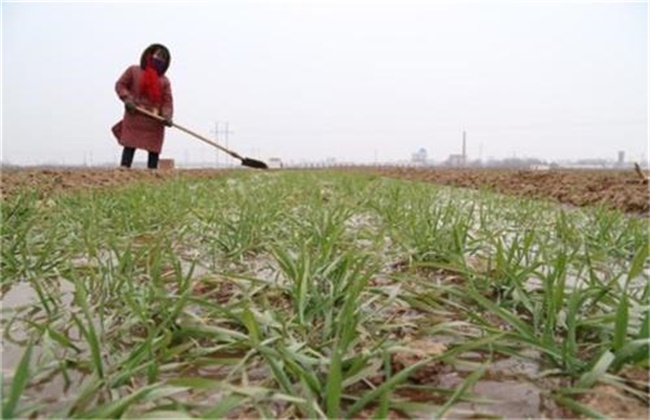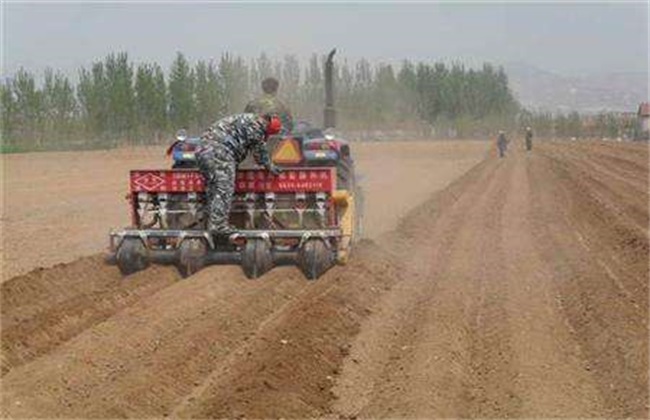Control methods of Sclerotinia sclerotiorum in peanut
Peanut Sclerotinia sclerotiorum is a serious disease in the process of peanut planting, which mainly harms the root and root neck, as well as stems, leaves and fruits. This disease will generally reduce production by 10-20%, which is extremely harmful, so how to prevent and cure Sclerotinia sclerotiorum? Come and have a look with the editor.

1. Symptoms
Peanut Sclerotinia sclerotiorum is the general name of Sclerotinia sclerotiorum and Sclerotinia sclerotiorum, and the symptoms caused by Sclerotinia sclerotiorum are similar to those caused by Sclerotinia sclerotiorum, but the former occurs only on the stem and the sclerotia is larger in the later stage. When the leaves are infected, the disease spots are dark brown and nearly round, and when they are wet, they soften and rot in the form of water stains. When the stem is infected, the disease spot comes out of the city brown, or gradually turns dark brown, and finally becomes dark brown, which is generally called stem soft rot, and the planting withered and died. in the case of damp in the field, the disease spot will be silkworm mountain gray-brown mildew and gray-white powdery matter, and hyphae and conidia. If the fruit turns brown after harvest, black sclerotia will be produced on the surface, causing the grain to rot or dry up.
2. The route of transmission
The pathogen overwinters in the form of sclerotia in the diseased remains, pods and soil, and the mycelium overwinters in the diseased remnants. After the temperature rises in the second year, the small sclerotia will germinate hyphae and conidia, sometimes produce ascospores, release ascospores, invade the plants from the wound, and spread through wind and rain, and the hyphae can also invade parasites directly. On the other hand, the large sclerotia will directly produce the ascospores, release the ascospores and infect them.
3. Prevention and control methods
It should be rotated with wheat, millet, corn, sweet potato and other crops, which can reduce the occurrence of diseases. During the growing period, deep ploughing should be carried out to bury sclerotia directly into the soil to prevent the production of spores and reduce the chance of disease transmission. Once the diseased plants are found in the field, they should be pulled out in time and burned centrally, and the diseased plants should be cleared in time after harvest and ploughed, and the residual plants and sclerotia left in the field should be buried in the soil together to reduce the source of bacteria and reduce the occurrence of the disease. It can be sprayed at the initial stage of the disease and sprayed again every 7-10 days. The selected agents are Rhizoctonia wettable powder, compound sclerotiorum, isocarbamide wettable powder and so on.
The above is the introduction of the prevention and control methods of peanut Sclerotinia sclerotiorum, hope to help you, want to know more related knowledge, please pay attention to us.
Related
- The first cup of black tea in spring, the flavor and history of tea gardens in Kenya, Africa
- The computer can not only choose potatoes, but also grow tea rice. AI will grow winter oolong tea champion.
- It is not only the inflated tea bitten by insects, but also engraved with the four seasons tea in Beipu.
- The Oriental Beauty Tea Festival in Zhuxian County takes the stage at the weekend to experience the plus-size feast of oil tea.
- & quot; Oriental Beauty Tea & Exploration of Emei in Hsinchu, the hometown of quot;
- The new variety of strawberry "Tainong 1" dessert is the first choice with mellow aroma. Crimson gorgeous
- History of Tea in Taiwan: from Wild Inner Mountain to Export Tea Garden
- Two types of Taiwan Oriental Beauty Black Tea won the British three-Star Award for Childhood Tea Xiang Zhang Jiaqi changed from pilot to champion tea maker.
- Banana species and varieties: the planting history of Taiwan Xianren banana and dwarf banana is long, is banana disease resistant?
- Coffee planting Technology: Qianjie Coffee from Seedling to harvesting



